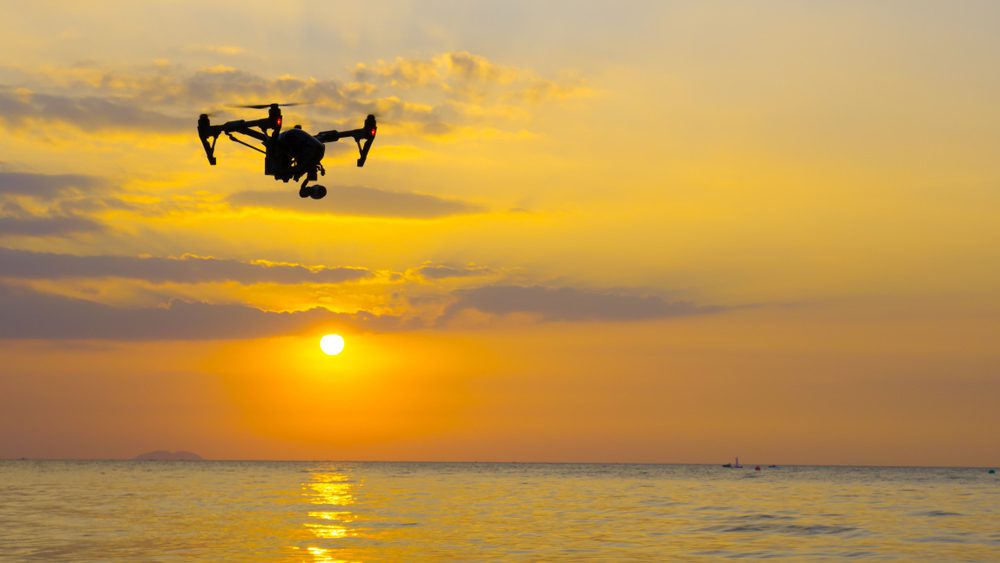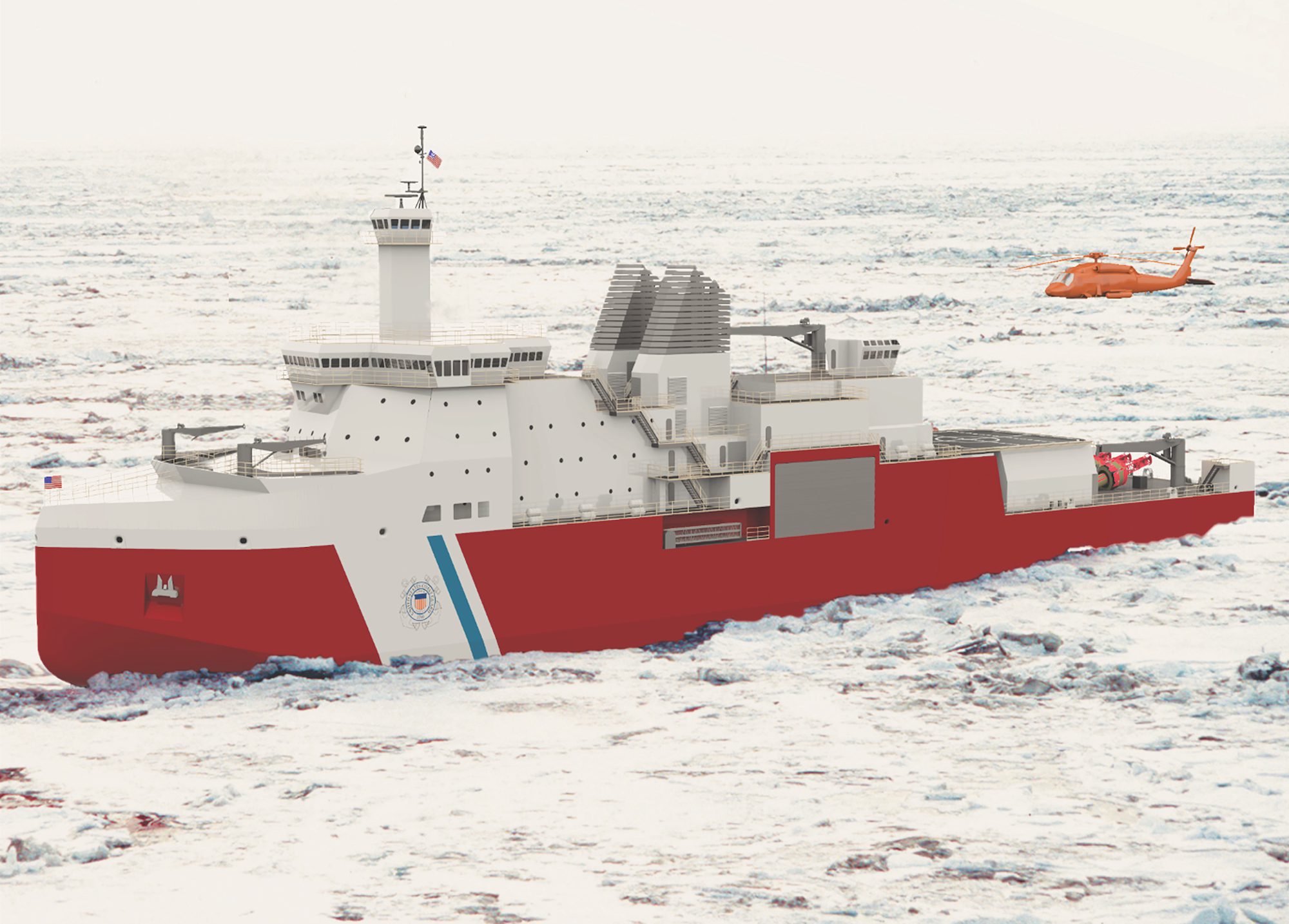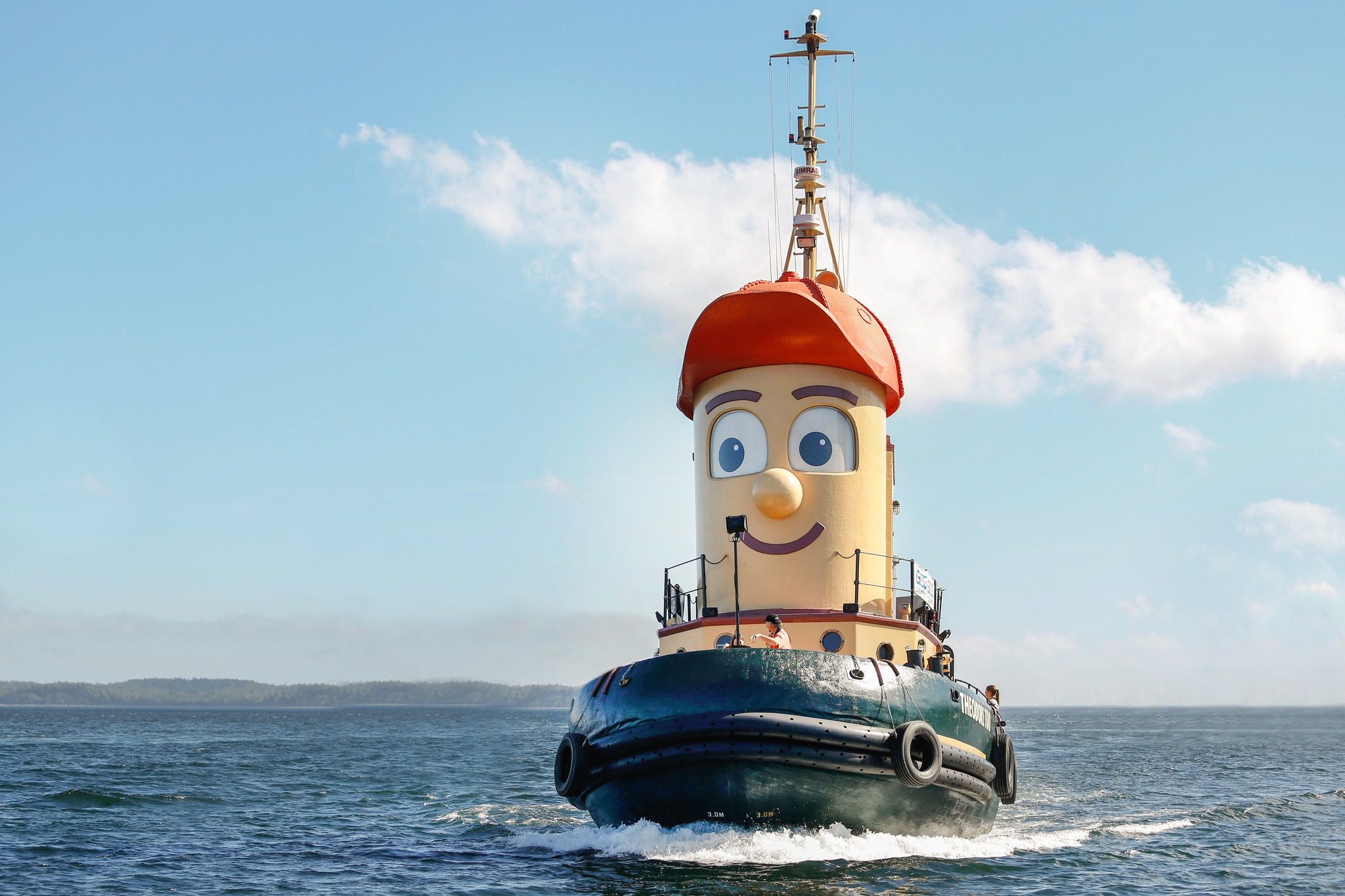Photo of a private ocean search and rescue capable drone by Phuwadach Pattanatmon, shutterstock
The US Coast Guards long promise to deploy search and rescue (SAR) drones to rescue mariners has been aground for two decades. Will this wreck ever be salvaged?
by Captain John Konrad (gCaptain) Each and every day, somewhere in the world, a drone is assisting in search and rescue operations. These little units have become so ubiquitous and useful that even small groups of beach lifeguards are saving lives with them. Yet one of the largest and best-funded rescue organizations in the world continues to show little interest in using drones to assist in search and rescue missions.
How many lives are saved by Coast Guard drones searching for lost mariners off the coast of the United States? None.
The Coast Guard does have one small and underfunded UAS acquisition program, a two-decade-long endeavor to field a cutter-based unmanned aerial vehicle for intelligence, surveillance, and reconnaissance (ISR). In October 2017, the service entered the obtain phase of a program to procure small UAS capability for its fleet of national security cutters. Though not yet fielded, it is envisioned that the LR/ULE UAS would provide multiple days of surveillance and detection while employing sophisticated sensor payloads, including advanced optics and wide-area surface surveillance and detection technologies.
In support of the promise of LR/ULE UAS, Congress appropriated $18 million to the Coast Guard to study these capabilities in collaboration with the U.S. Department of Homeland Security Science and Technology Directorate and Bureau of Customs and Border Protection.
The next phase of the program involves market research to understand the state of technology available in the LR/ULE UAS market. The Coast Guard Research and Development Center in New London, Connecticut, issued a public request for information to gather information on LR/ULE systems and mission equipment packages available from government, industry and academia.
“Now that we are wrapping up our market research, modeling efforts, and interim analysis of alternatives,” said Scott Craig, System/Air Domain Lead for Research and Development. “We are able to scope our 2019 proof of concept technology demonstration to UAS capabilities best suited to the Coast Guard’s counter-narcotics mission,”
But why in 2018, with drones saturating cities and tourists spots around the world with their annoying buzz, is the USCG still stuck in the research and development phase?
It is not due to a lack of foresight. Following the U.S. Navy’s lead in terms of drone acquisition, it began conducting joint maritime UAS operations with U.S. Customs and Border Protection in 2009, primarily using a version of the Predator B renamed The Guardian.
And it is not due to a lack of need. The US coast guard has just three to five cutters, or large manned vessels, assigned to patrol about 6 million sq miles of sea spanning the Caribbean and the Gulf of Mexico to the eastern Pacific Ocean, where drones could be of immediate use for both SAR and drug interdiction operations.
And it is certainly not due to cost. MH-60 Helicopter time for SAR operations, for example, is assessed at over $14,000 per hour and the operational cost of fixed-wing HC-130 search and rescue aircraft are even higher. How much would it cost the USCG to deploy drones so that lost sailors could be found (and expensive manned aircraft landed!) sooner? Nobody has that answer but we do know that ultra high-tech military Predator and Reaper drones cost the military $2,500-3,500 per flight hour and the US National Park service currently employs SAR drones that cost significantly less.
And it is certainly not because drones are useless at sea. The Navy has been using drones successfully for SAR operations for decades and even many small volunteer lifeboats services around the world carry drones aboard.
And it is not because commercial shipping interests are against the use of drones at sea. Numerous large shipping companies are investing in drone technology.
And why do the latest USCG press releases focus only on using drones to apprehend drugs? Has the USCG lost interest in using drones to save lives?
Unfortunately, we do not know. While the USCG has answered nearly every one of these questions in the last two decades I have lost all confidence in the answers they provide. The only hope remaining is that commercial ships take up the slack with civilian SAR drones carried aboard ships just as they took over mid-ocean rescue duties from the USCG when it gave up on its ocean station program.
Unlock Exclusive Insights Today!
Join the gCaptain Club for curated content, insider opinions, and vibrant community discussions.

 Join The Club
Join The Club











